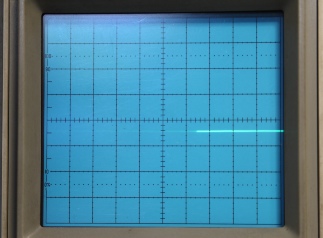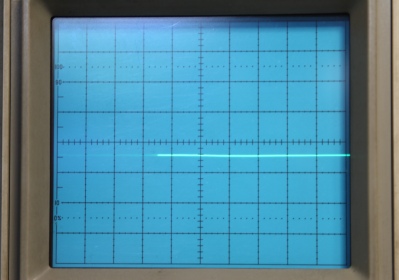


Shutter lag (shutter delay or latency)

During your journey to arrive at this page of the VersaTrigger website I am sure that you would have encountered the term delay. But, what does it mean? And, why should we be concerned about it?
One of the best definitions of delay is from the on-line MacMillan dictionary, it states:
[Delay is] “the time between an event and its result or between one event and the next”. So, delay is time and is therefore measured in seconds (or sub-multiples of).
An example of delay would be the time taken from releasing a ball above the ground (the event) to the moment that it hits the ground (the result), now let’s apply this to taking a photograph.
We have all noticed that slight time difference from pressing the shutter release button to the noise made by the shutter starting to do things, this is the shutter delay, or to use the widely recognised term – shutter lag (shutter latency is another term used to describe it).
So, to paraphrase the MacMillan dictionary:
[Shutter lag] “is the time between pressing the shutter release (the event) and the shutter opening and taking the photograph (the result)”.
In fact, “shutter lag” is actually a combination of several delays from two factors.
So what causes these delays?
The two factors are:
Electronic
The electronic delay is caused by camera features such as exposure metering, red-eye reduction and auto-focussing to name a few.
Mechanical
The mechanical delay is caused by the mirror moving out of the line of sight and the opening of the shutter (which on quite a few DSLRs is a mechanical device).
The bottom line is that the shutter lag varies significantly between cameras and can be anywhere from 30ms to greater than 100ms.
This is a nice experiment to show shutter lag in action.
This is a Canon EOS 30D, with a 28-105mm lens, being triggered by a remote shutter release switch, it’s taking a photograph of an oscilloscope screen. The lens has been set to manual focus with the camera at aperture priority. The trace is triggered when the remote shutter release is operated and starts at the vertical line on the left-hand side of the screen, the position where the trace becomes lighter (the feint trace is due to the persistence of the oscilloscope tube) is when the camera actually takes the photograph (after all the shutter delays). Each major division is 20ms so the canon EOS 30D has a delay (or shutter lag) of 128ms.
Or does it?

This photograph was taken about five minutes after the previous one, the differences are that the lens has been set to automatic focus and the shutter button has been half-pressed (pre-focus), the trace is still triggered by the remote shutter release and starts at the same position. Shutter lag is now 70ms.
The fact is that there is no definitive time for shutter lag, it varies on each camera depending on settings.


 Contact us
Contact us







 Contact us
Contact us